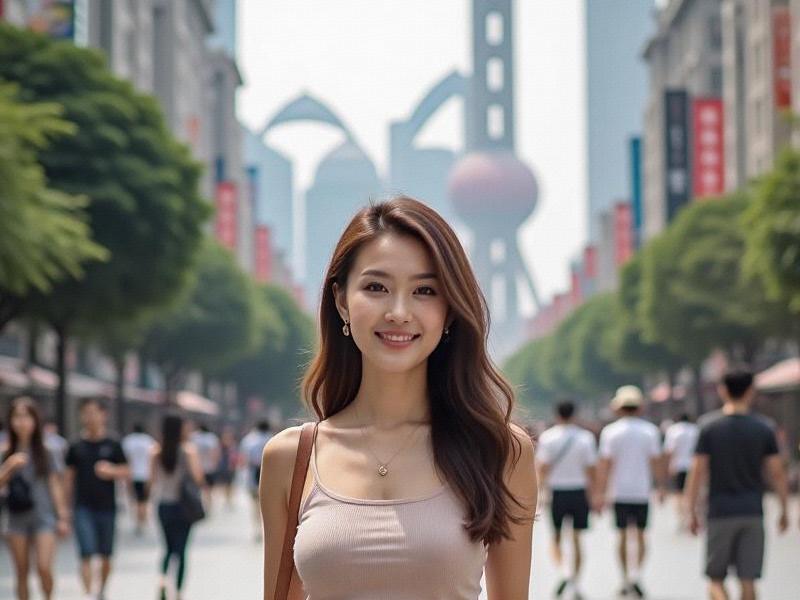The Phoenix of the East: How Shanghai Is Reinventing Urban Culture for the 21st Century
⏱ 2025-06-24 00:20 🔖 阿拉爱上海
📢0℃

The Phoenix of the East: How Shanghai Is Reinventing Urban Culture for the 21st Century
Section 1: Historical Foundations
Cultural DNA of Shanghai:
• Treaty Port era cosmopolitanism
• 1930s golden age of arts and literature
• Socialist industrialization impact
• Post-reform opening cultural thaw
"Shanghai doesn't just preserve history—it continuously reinterprets it," notes cultural scholar Professor Zhang Wei from Tongji University.
Section 2: The Creative Economy Boom
上海龙凤419社区 Key Statistics:
- 15.7% annual growth in creative industries (2019-2025)
- 42 new cultural districts established since 2020
- $3.2 billion in cultural sector investments (2024)
- 28% of urban workforce in creative occupations
Section 3: Architectural Renaissance
Landmark Transformations:
■ West Bund waterfront cultural corridor
■ M50 art district expansion
■ Zhangyuan historic quarter revitalization
■ Power Station of Art contemporary museum
上海品茶工作室
Section 4: Digital Cultural Revolution
Tech-Enabled Innovation:
• Blockchain art authentication systems
• VR recreations of 1930s Shanghai
• AI-assisted traditional crafts revival
• Digital museum collaborations
Section 5: Global Cultural Exchange
International Collaborations:
▲ Louvre satellite museum project
爱上海419 ▲ Broadway-caliber theater productions
▲ World Expo legacy cultural programs
▲ UNESCO creative city network leadership
Section 6: Challenges Ahead
Balancing Acts:
• Commercialization vs artistic integrity
• Urban renewal vs heritage preservation
• Global appeal vs local authenticity
• Digital immersion vs physical experience
Conclusion: As Shanghai positions itself as a 21st century cultural capital, its unique approach to blending Chinese traditions with global influences offers valuable lessons for cities worldwide navigating the complexities of cultural development in the digital age.
Shanghai's Beauty: A Blend of Tradition and ModernityQuantum Bund: Shanghai's Chrono-Urban Matrix Rewriting Civilization's Source Code"The Yangtze Delta Experiment: How Shanghai and Its Satellite Cities Are Rewriting Urbanization Rules"The Evolution of Shanghai's Nightlife: How Entertainment Venues Are Redefining Urban LeisureShanghai's Nightlife Revolution: How Entertainment Clubs Are Shaping Urban Culture in 2025Neon Cheongsams: How Shanghai's Women Are Rewriting the Rules of Asian FemininityShanghai Beauties: A Journey Through the City's Elegant CharmShanghai and Its Surrounding Areas Sightseeing GuideShanghai and Its Satellite Cities: The Making of a 21st Century MegalopolisShanghai Entertainment Hotspots: A Vibrant Melting Pot of Culture and Fun
Shanghai 2025: The Radiant Core of the Yangtze River Delta MegaregionShanghai Glamour: How the City's Women Are Defining 21st Century Chinese FemininityNeon Dynasty: How Shanghai's Entertainment Clubs Are Redefining Global Nightlife Standards in 2025Midnight in Shanghai: How China's Glittering Metropolis Redefines Nightlife LuxuryShanghai's Sphere of Influence: How the Megacity is Reshaping Eastern ChinaThe Yangtze Delta Megaregion: How Shanghai and Its Neighbors Are Redefining Urban EconomicsThe Velvet Rope Economy: Inside Shanghai's Exclusive Entertainment Club SceneGilded Playgrounds: How Shanghai's Elite Entertainment Clubs Are Redefining Urban NightlifeThe Shanghai Nexus: How China's Financial Capital is Reshaping the Yangtze River Delta MegaregionShanghai 2025: The Silicon Valley of the East Reinvents Urban Living

